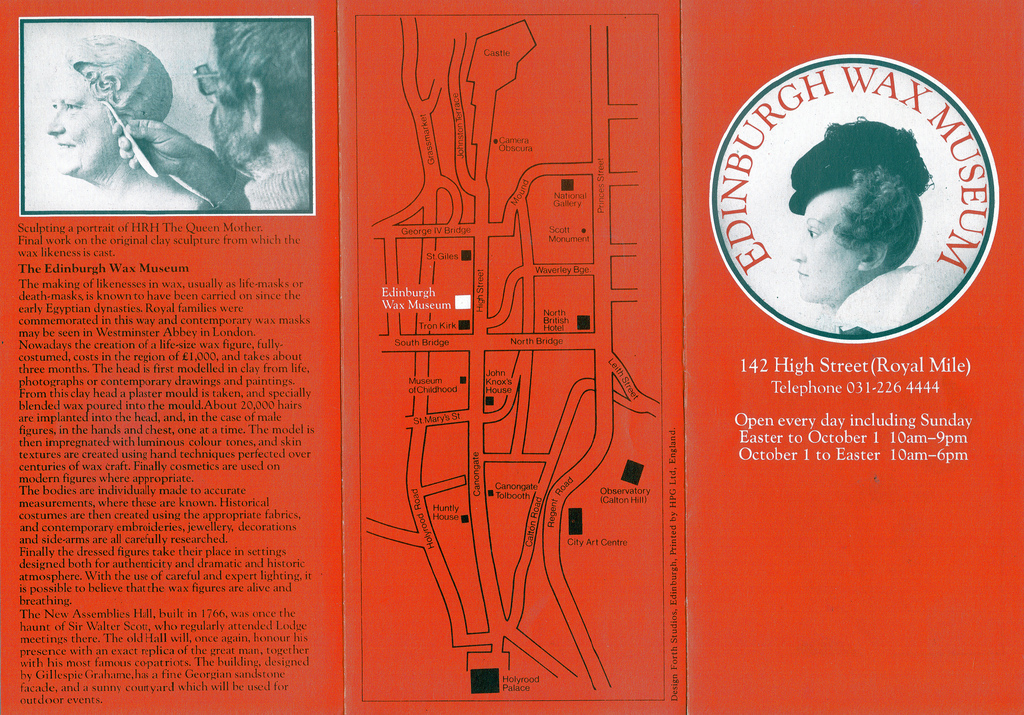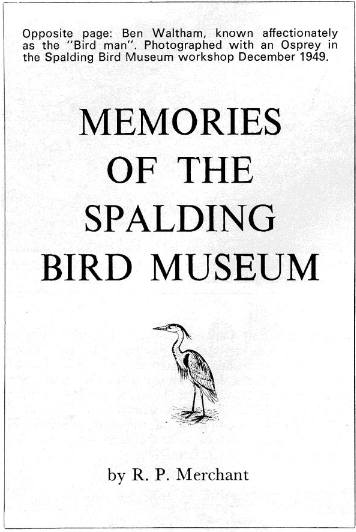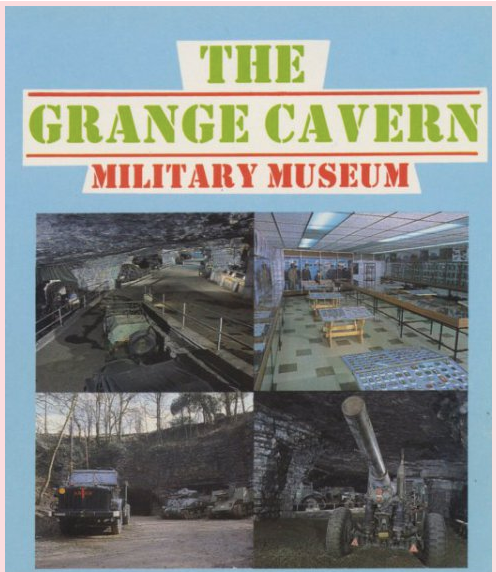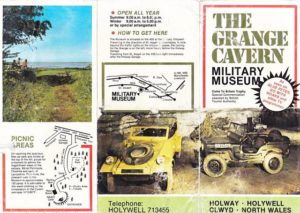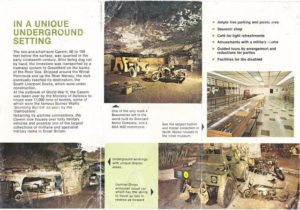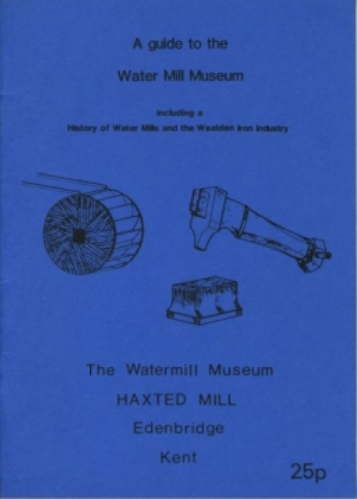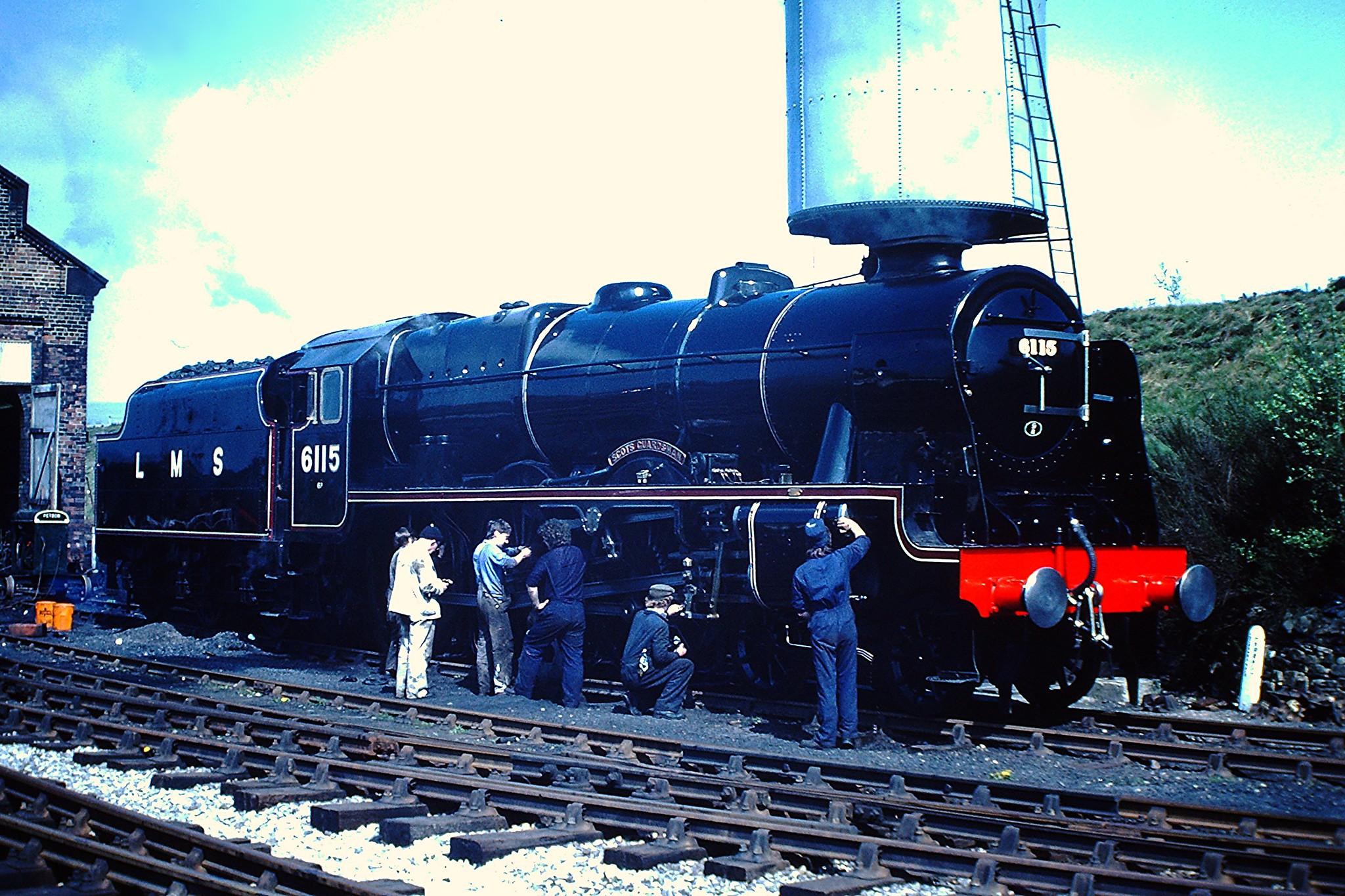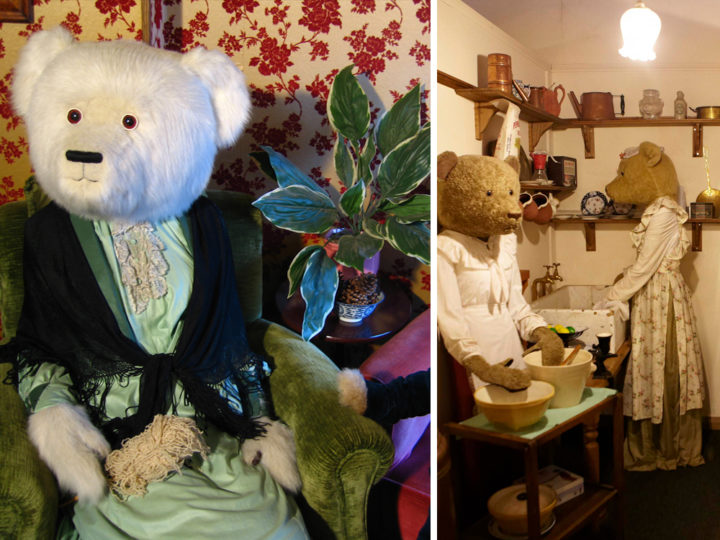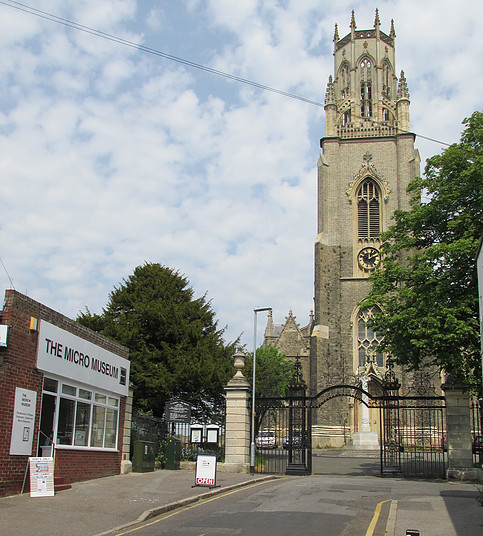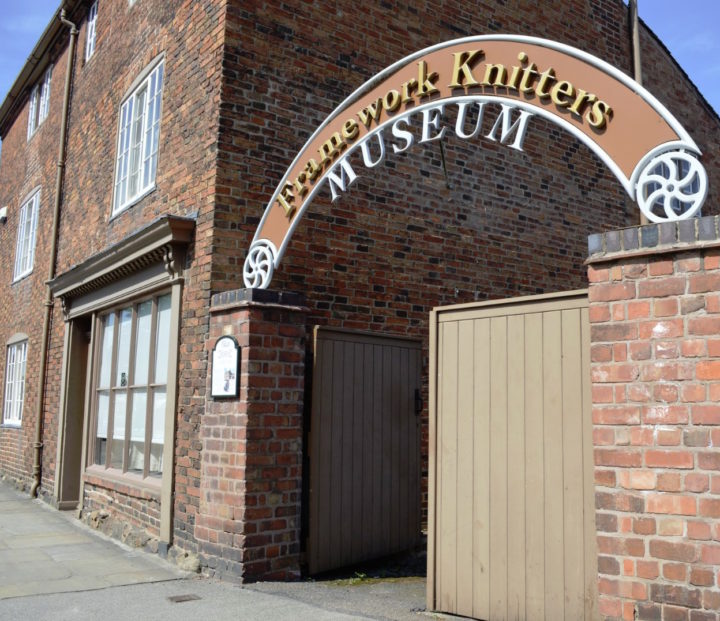
The Douglas Museum was the brainchild of Randolph Osborne Douglas, who created it in his home in Castleton, Derbyshire with his wife Hetty. Douglas was a silversmith, locksmith, and amateur escapologist with the stage name of The Great Randini, inspired by his childhood hero Houdini. His collection included miniature houses, locks, models of the world’s largest diamonds, a variety of Houdini ephemera, and many other curios.
Douglas opened his museum in 1926. After he died in 1956, Hetty continued to run the museum until her death in 1978. The collection was transferred to Buxton Museum and parts of it are now on show in the small museum at Castleton Visitor Centre.

Images by Mark Liebenrood.
